
What — and how — to clean after someone in your household has been sick

When someone in your household is sick, managing their needs while also trying to keep the rest of the family healthy can be a challenge. But there are steps you can take to prevent one person from sickening an entire household.
Knowing what to clean, how to clean it and how often to do so can be confusing and overwhelming. To take some of the anxiety and guesswork out of cleaning and disinfecting a home in which someone is ill, we spoke to experts about the right ways to clean surfaces and do laundry when someone in your the household is sick with a cold, the flu, Covid-19 or a highly contagious stomach bug like Norovirus.
What — and how — to clean when someone in your household is sick
Brian Sansoni, the senior vice president of communications for the American Cleaning Institute (ACI), says, “It can be helpful to have the sick person stay primarily in one area of the home and use a separate bathroom, if possible.” Doing so will help to reduce the amount of cleaning needed to prevent illness from spreading.
Sansoni outlines the basics: “Focus on cleaning and disinfecting where the sick person has been and what they’ve touched,” he says, “and wash your hands thoroughly after cleaning.” This includes washing your hands after doing dishes used by a sick person, and after handling their dirty laundry.
After someone has recovered from illness, Sansoni recommends thoroughly cleaning surfaces they’ve been in contact with, especially in the bathroom, and washing sheets and towels, to keep the illness from spreading.
Your washing machine is one of the most powerful weapons in the fight against germs; when someone has been sick, taking extra steps and enhanced precautions can have a big impact on preventing the spread of infection throughout the household.
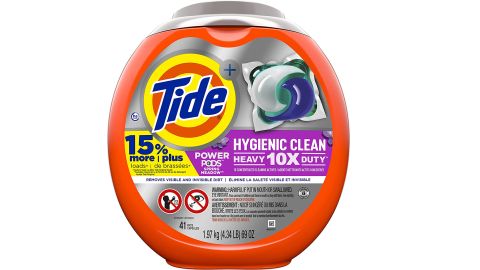
The ACI created a system called Levels of Laundry to provide clear guidance on when, and what, enhanced laundry precautions are called for. A home beset by cold, flu or Covid-19 is considered medium level, which calls for extra steps that include washing in warm water and using a deeper cleaning detergent and/or a laundry sanitizer in addition to regular detergent.
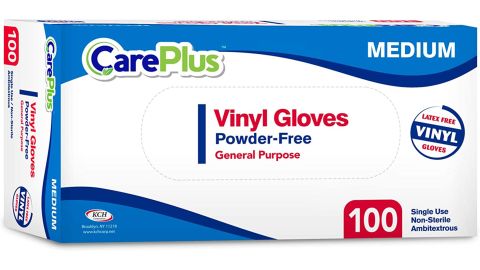
Another precaution to take when doing laundry at both the medium and high levels is to wear gloves, and to avoid shaking clothes, sheets, towels, etc. used by a sick person.

“When you have something like a stomach bug in the house, this is when you need to be especially vigilant,” Sansoni says, “as these types of germs can be more persistent.” The extra laundry precautions to take during and after someone has had Norovirus, for example, include using a deeper cleaning detergent, a laundry sanitizer and/or bleach; washing in hot water; and washing items separate from all other household laundry.
Understanding the difference between cleaning and disinfecting
Cleaning and disinfecting are not the same thing, and understanding the difference between the two will help to keep your home healthier.
Julie McKinney, the global director of microbiology and virology at Lysol, explains that “cleaning removes dirt and organic matter from surfaces using soap or detergents, while disinfecting kills viruses and bacteria on surfaces using chemicals.”
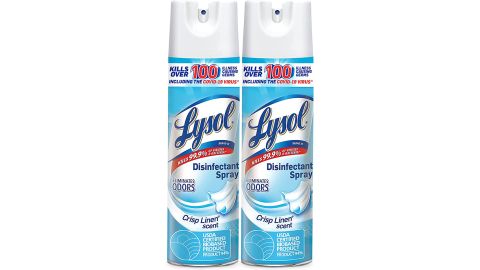
McKinney recommends adopting a two-pronged approach to cleaning homes where someone is sick. Start by cleaning the surface to remove dirt, grime and any other matter, like food, then disinfect. A disinfectant spray can be used to disinfect soft surfaces and fabrics that cannot be laundered, or to disinfect between washing.
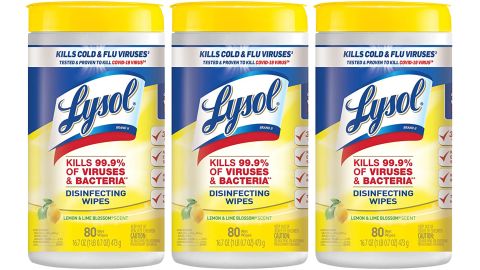
To disinfect hard, non-porous surfaces such as countertops, doorknobs, faucets and trash cans, wipe them down with a disinfectant wipe or use a spray that is safe on the material. When it comes to the use of any disinfectant, “always follow the directions on the label,” Sansoni says, “which is especially important for ensuring disinfectant efficacy.”
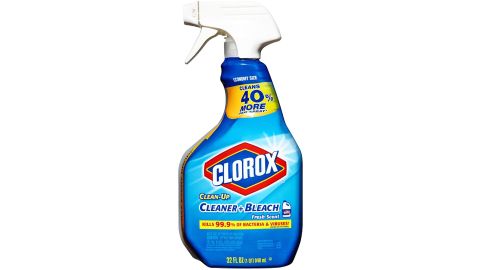
When it comes to stomach bugs like Norovirus, Sansoni says, “it is more important to take extra precautions, for instance using gloves and a bleach-based cleaner.”
The phrase “high-touch” surfaces became ubiquitous during the pandemic, but what exactly are high-touch surfaces? While some of them are pretty obvious (faucets, door knobs, cell phones) others can be surprising, especially if they’re things like your keys (yep!) that we typically don’t think about cleaning.
Sansoni and McKinney defined some of the most frequently touched surfaces, which include but are not limited to:
- Bathroom and kitchen sinks
- Cell phones and other small electronic devices, including keyboards and remotes
- Desks and tables
- Doorknobs and handles
- Eyeglasses
- Food preparation surfaces
- Keys
- Light switches
- Railings/handrails
- Toilets
- Toys
If that list of high-touch items sparks a bit of germophobia in you, Sansoni offers an important reminder to keep anxiety in check. “We live with microorganisms. They are on every surface of our homes. Many are harmless, although some have the ability to make us sick.” While it is important to be aware of germs and how cleaning regularly can help remove them and keep you from getting sick, he says, “It can be debilitating to feel the need to remove all germs at all times. We recommend smart, targeting hygiene throughout the week: Use the right product, the right way, at the right time.”
Source: https://www.cnn.com/2022/02/14/cnn-underscored/what-to-clean-after-being-sick/index.html?iid=CNNUnderscoredHPcontainer

















